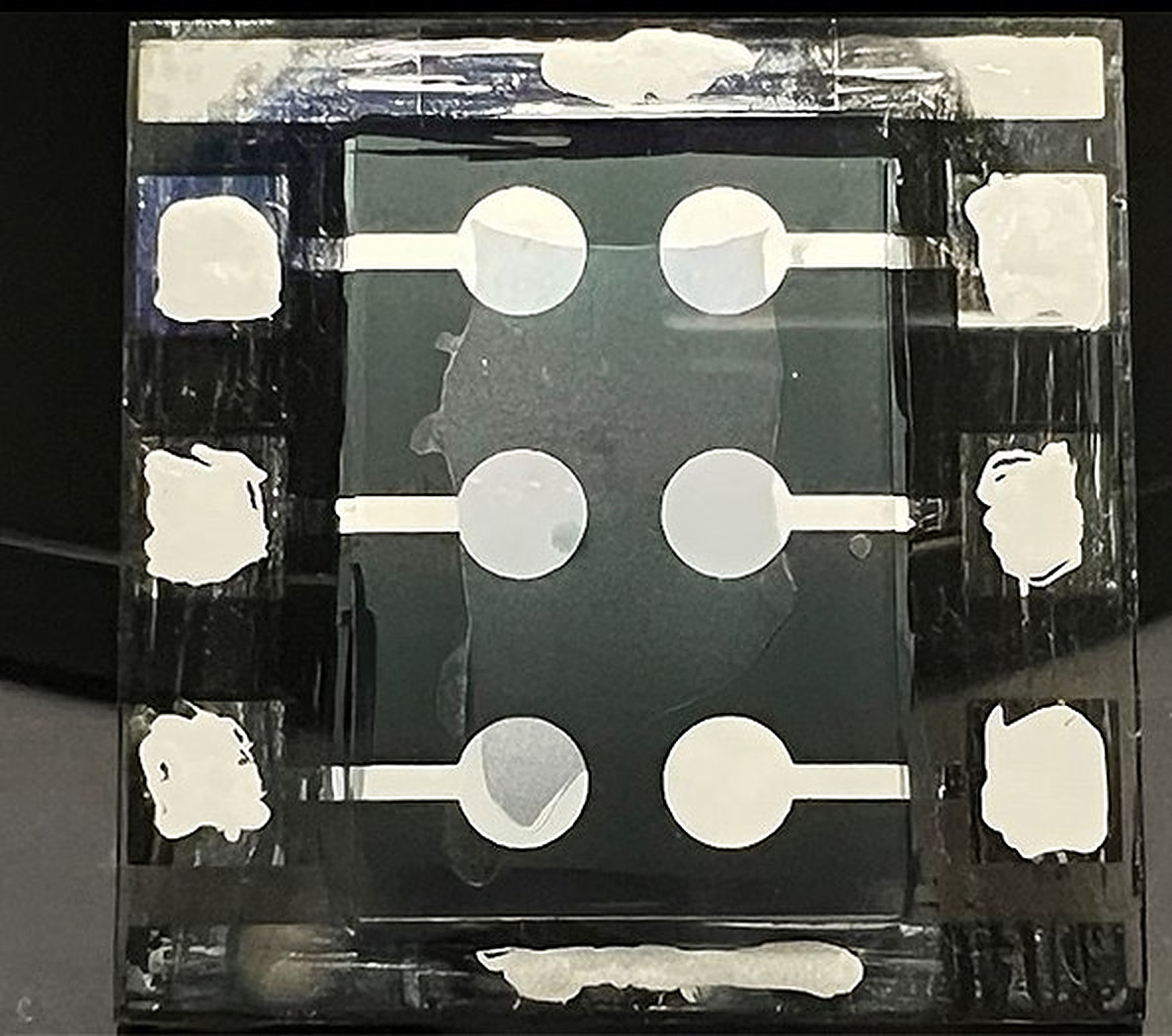 Researchers at the City University of Hong Kong (CityU) have developed an inverted perovskite solar cell based on a self-assembled monolayer (SAM) that can reportedly enhance the cell's thermal stability.
Researchers at the City University of Hong Kong (CityU) have developed an inverted perovskite solar cell based on a self-assembled monolayer (SAM) that can reportedly enhance the cell's thermal stability.Inverted perovskite cells have a device structure known as “p-i-n”, in which hole-selective contact p is at the bottom of intrinsic perovskite layer i with electron transport layer n at the top. Conventional halide perovskite cells have the same structure but reversed – a “n-i-p” layout. In n-i-p architecture, the solar cell is illuminated through the electron-transport layer (ETL) side; in the p-i-n structure, it is illuminated through the hole‐transport layer (HTL) surface.
The scientists said they anchored the SAM on a nickel oxide nanoparticle surface to form the charge extraction layer, which they said optimized the dipole moment for fast hole extraction and led to a low defect density.
“We discovered that high-temperature exposure can cause the chemical bonds within SAM molecules to fracture, negatively impacting device performance. So our solution was akin to adding a heat-resistant armor – a layer of nickel oxide nanoparticles, topped by a SAM, achieved through an integration of various experimental approaches and theoretical calculations,” stated the researchers.
The SAM is able to stabilize the interface between the perovskite absorber and the hole transport layer (HTL) made of nickel(II) oxide (NiOx). The energetic alignment, the favorable contact and the binding between the HTL and the perovskite reduced the typical voltage deficit of perovskite cells, leading to strong interface toughening effects under thermal stress, according to the research team.
“By introducing a thermally robust charge extraction layer, our improved cells retain over 90% of their efficiency, boasting an impressive efficiency rate of 25.6%, even after operated under high temperatures, around 65 C for over 1,000 hours. This is a milestone achievement,” said CityU researcher Zhu Zonglong. “This breakthrough is pivotal as it addresses a major obstacle that previously impeded wider adoption of perovskite solar cells.”
The academics presented their innovation in the paper “Stabilized hole-selective layer for high-performance inverted p-i-n perovskite solar cells,” which was recently published in Science.
In April 2022, the same research group fabricated another inverted perovskite solar cell based on an organometallic compound known as ferrocenyl-bis-thiophene-2-carboxylate (FcTc2), which is claimed to improve both the efficiency and stability of the PV device.